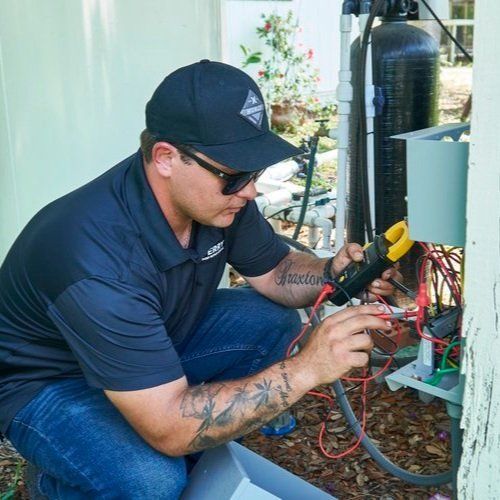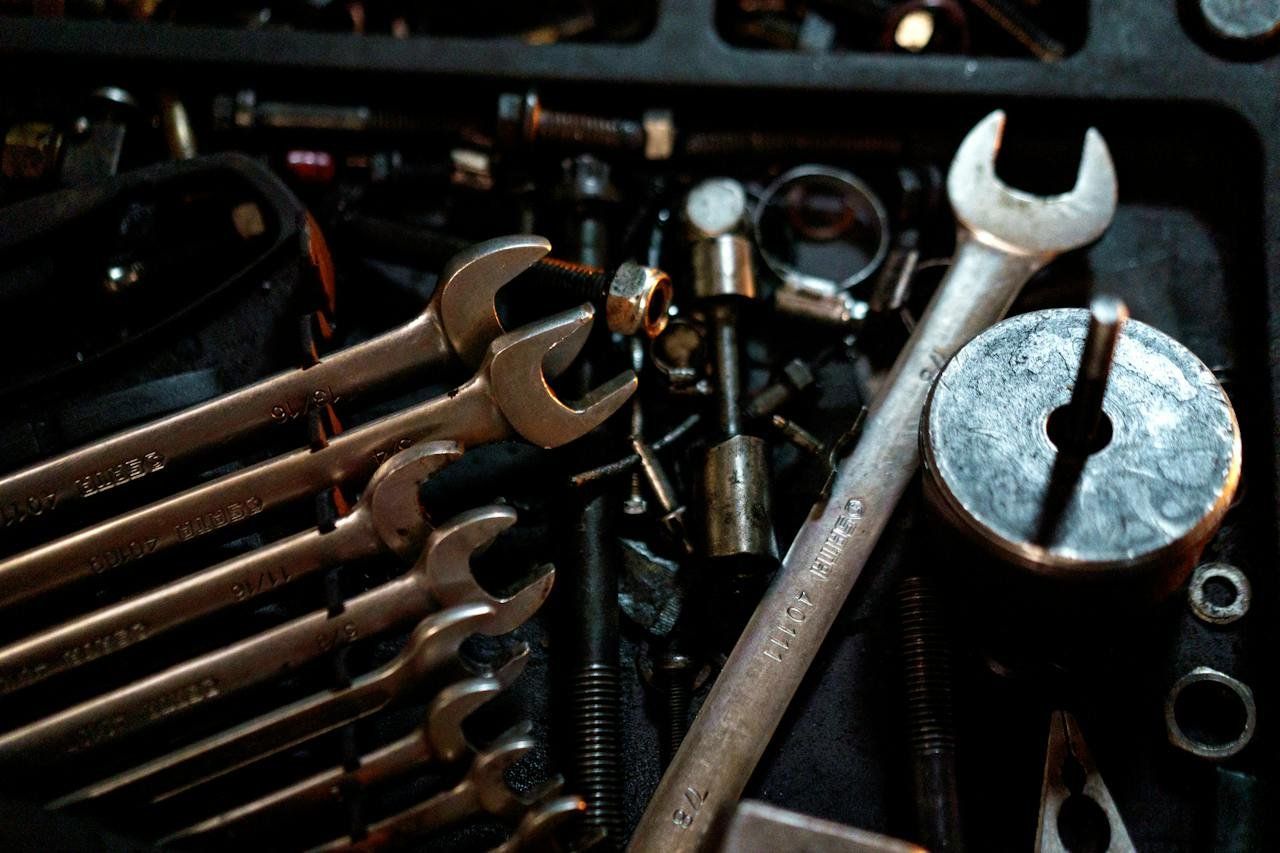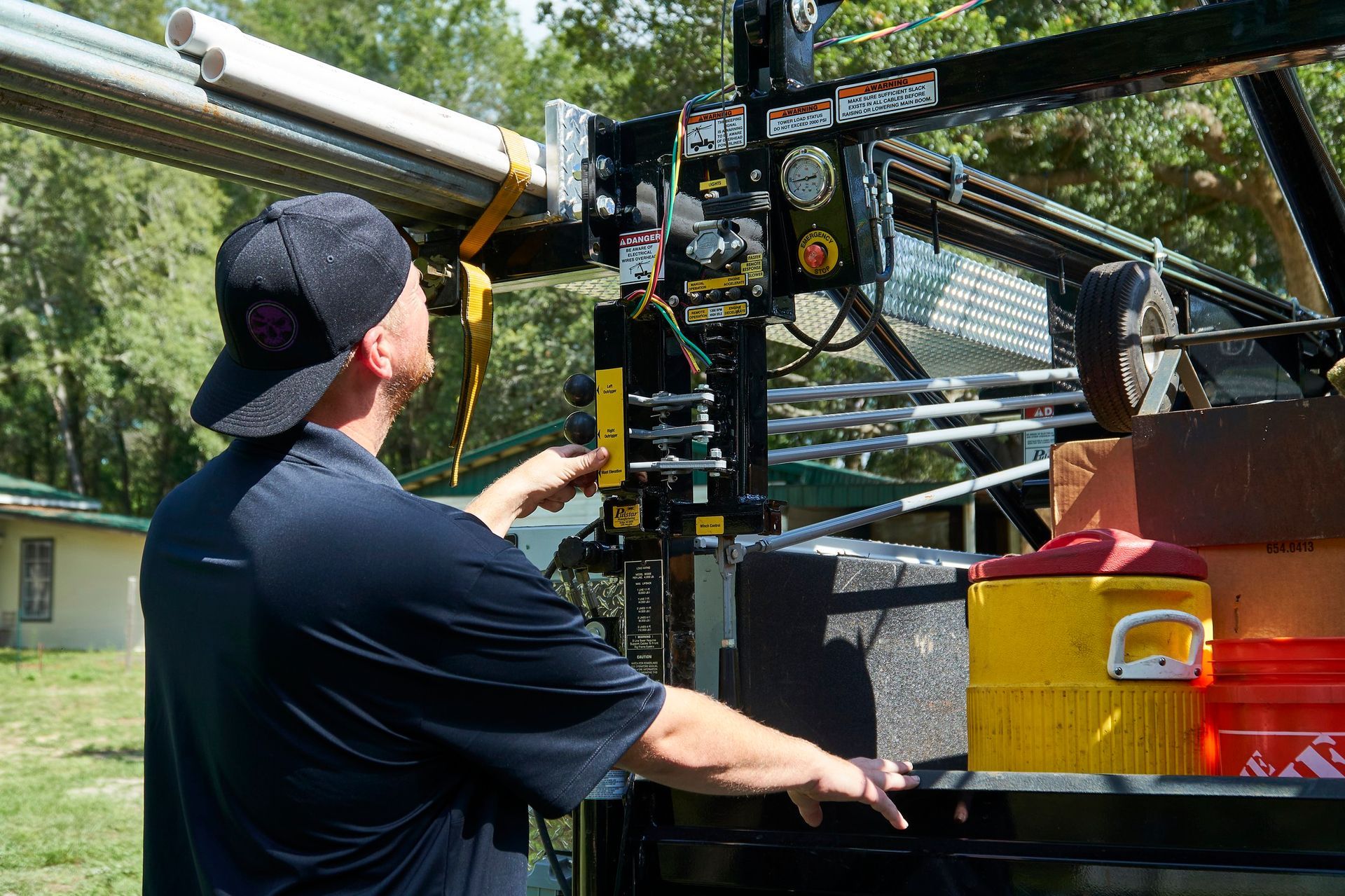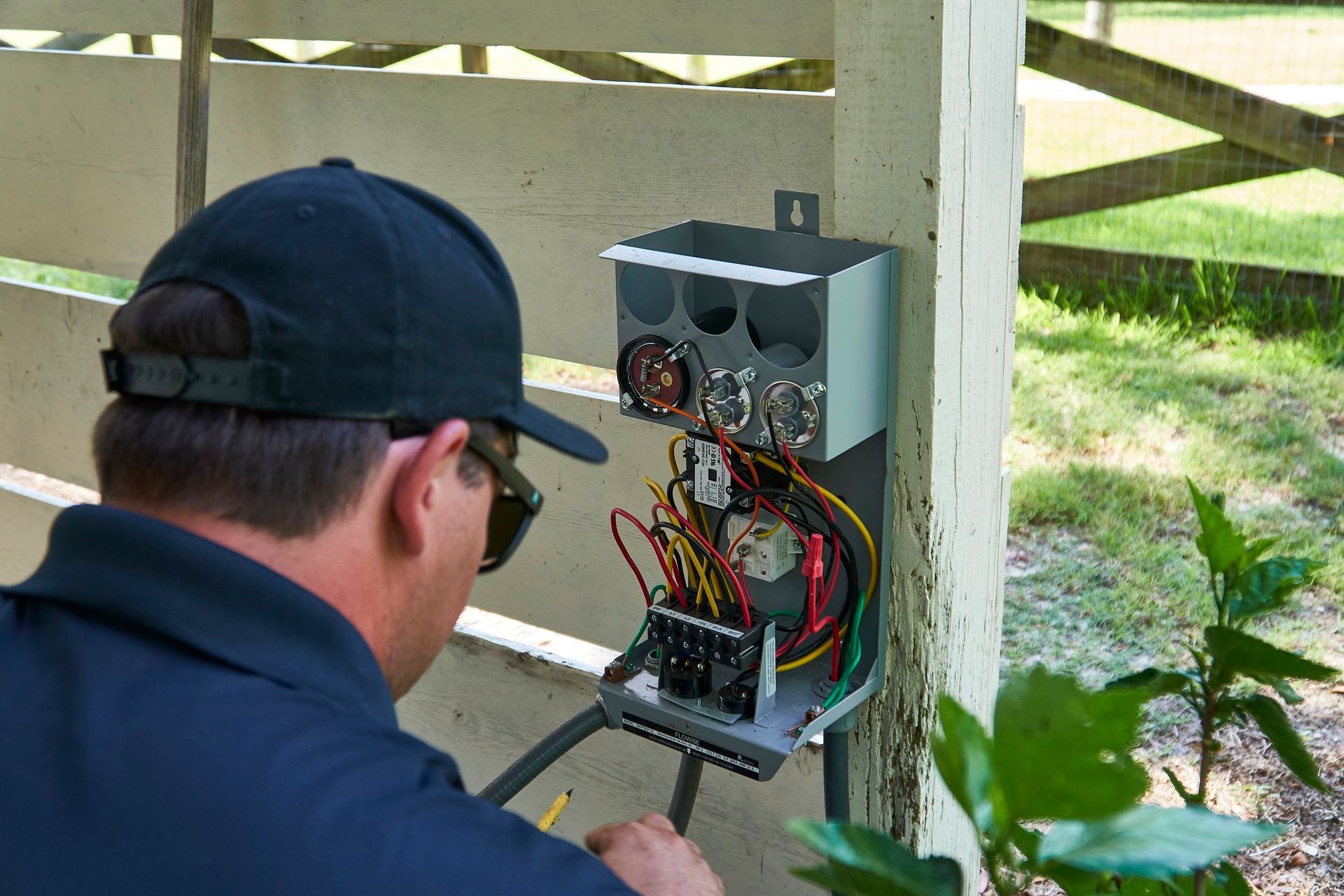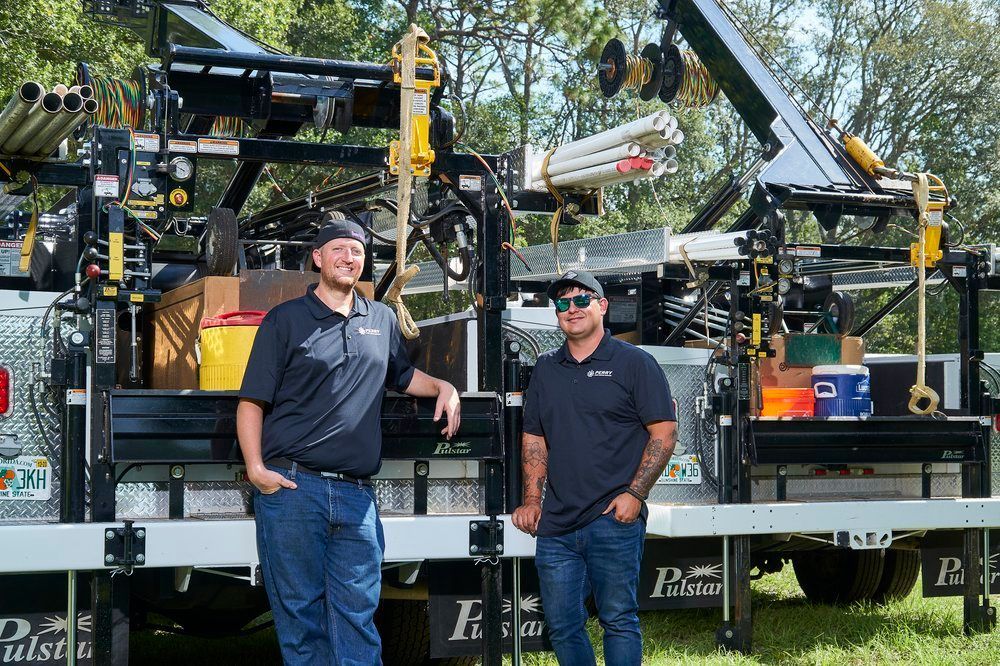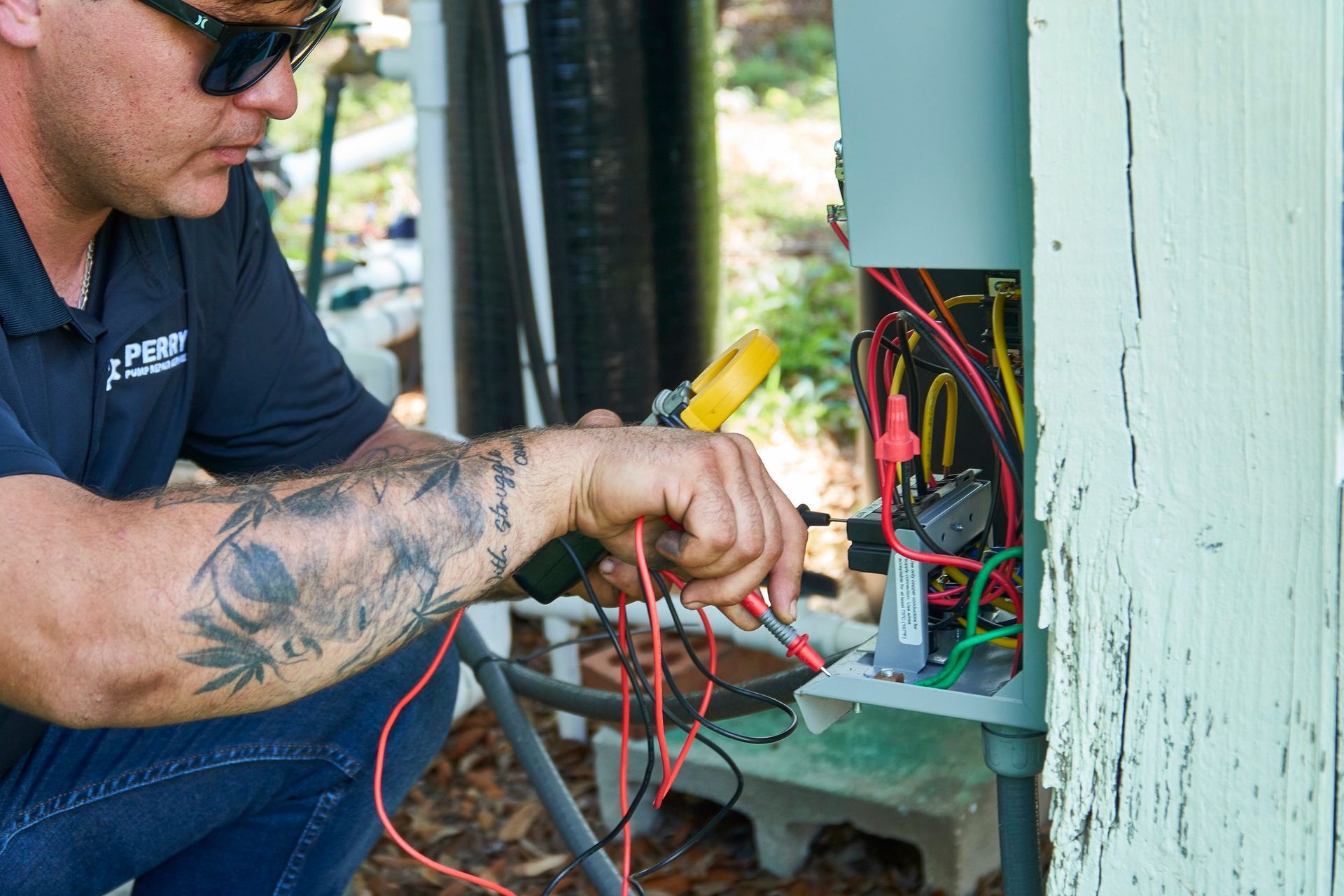Strategies for Irrigation Pump Installation
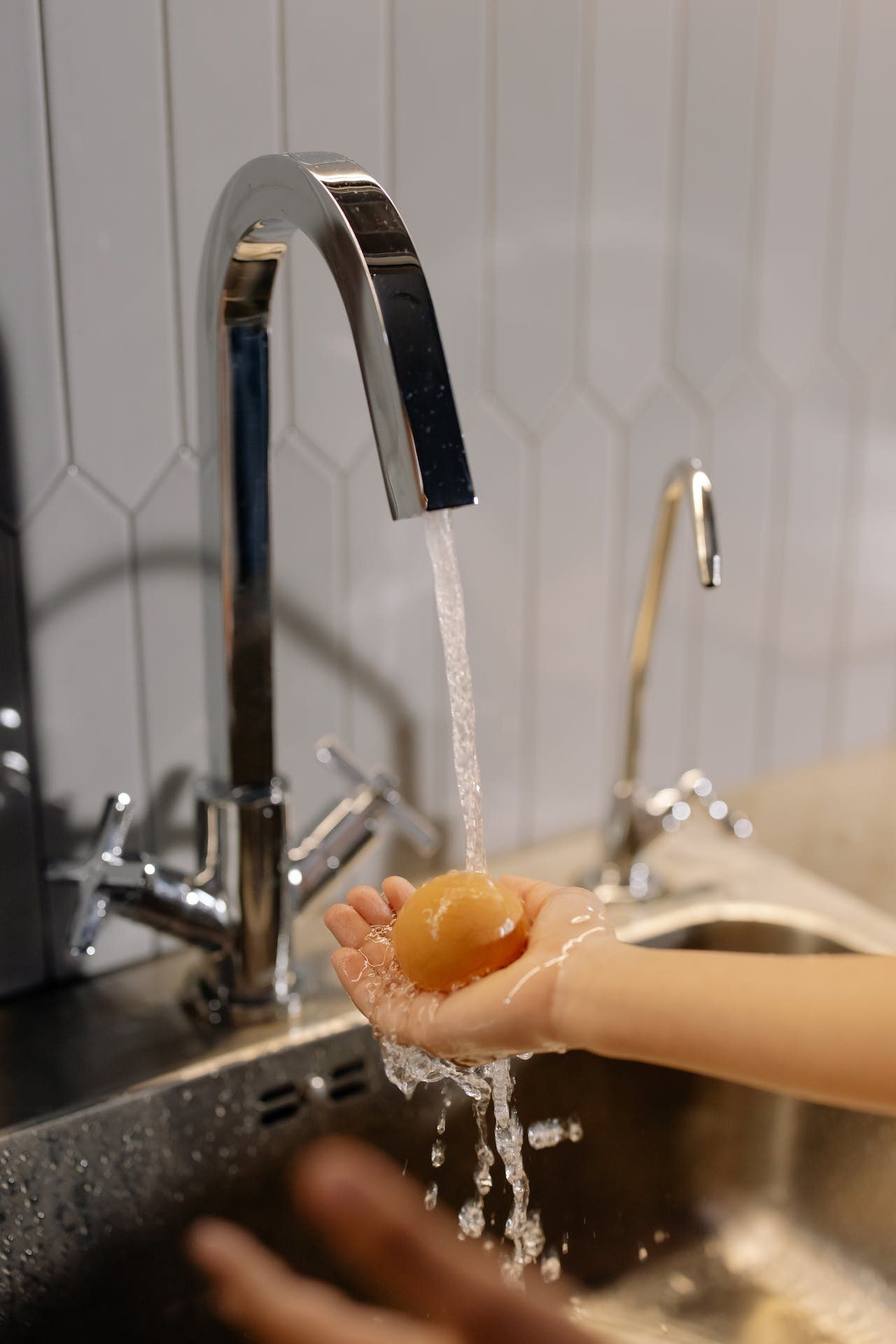
The primary factors to consider are the water source and the area needing water.
Irrigation pump installation can sometimes be tricky, especially when choosing the type of water source, dealing with land layouts, and trying to make the water distribution efficient. But irrigation pumps don’t have to be hard to set up, as long as they’re done correctly.
Here are some strategies for irrigation pump installation:
Select the pump
Firstly, choose a pump suitable for the job. The primary factors to consider are the water source and the area needing water. For example, a pump for a well won’t be the same as the one for pumping a pond or a river.
Lay the groundwork
Consider the land layout, soil type, and the best spot for the pump beforehand. Again, not every pump fits every location.
Also, figure out the maximum flow for the largest irrigation zone. Similarly, calculate the total head loss and elevation change from the pump to the highest sprinkler head. While that may seem like a lot of number crunching, it is worth it. Irrigation pumps should last many years. However, a poor choice can result in plants or crops struggling for the foreseeable future.
Installation considerations
Here are some things worth knowing about irrigation pumps before installing one:
-
A foot valve filter mixes a filter and a check valve. It keeps water in the pipe when the pump is off, so the pump is always ready to go.
-
It’s necessary to calculate the friction losses in the system, including the total head loss and elevation change from the pump to the highest sprinkler head.
-
The pump will need safe and regulation-compliant electrical connections. This might require a professional’s help, so keep a local technician’s number at hand before proceeding.
Quick steps
Here is a rundown of the steps for installing an irrigation pump:
-
Match the pump to the water source and area.
-
Plan the layout considering the land, soil type, and best place for the pump.
-
Determine the maximum flow and head loss.
-
Clear and level the area for the pump.
-
Install a foot valve filter to keep the pump primed.
-
Set up the pump on a stable base, like a concrete slab.
-
Attach inlet and outlet pipes to the pump.
-
Connect to a safe power source.
-
Turn on the pump to check if it’s working and for leaks.
Maintenance
Installing an irrigation pump isn’t a one-and-done process. Just like any other piece of equipment, they need maintenance post-installation. Look for leaks, keep the filters clean, and monitor the system’s performance. Stay in touch with a pump repair service to keep abreast of possible issues before they become bigger problems.
Keep pumping!
The foundation for an exceptional irrigation system is knowing the land and calculating water requirements. In short, don’t leave anything to chance, prepare. The irrigation system will work well with careful planning and execution, saving time and resources. It’s always best to talk to a pump repair service when in doubt or needing help.
Contact Information
Phone:
Email:
eric@perry-pumprepairservice.com
Service Area:
North Central Florida and the Surrounding Area
All Rights Reserved | Perry Pump Repair Service

